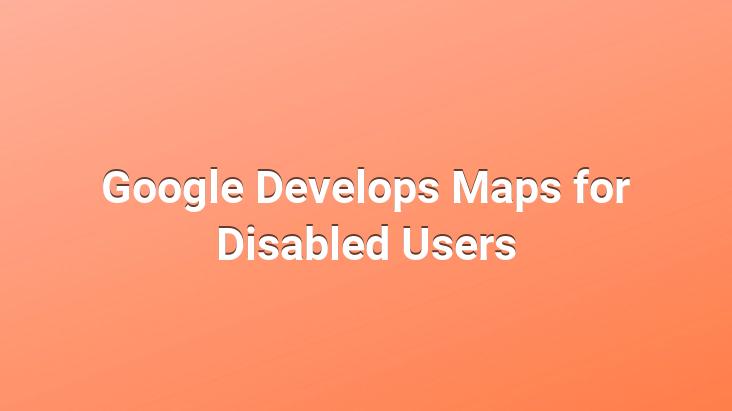
It is a fact that Google maps are now an indispensable part of our lives.. It is almost the first source we refer to when we go to an unknown place or when we wonder about the traffic situation.. Google continues to make life easier for users by developing this product more and more every day.. With this innovation, Google aims to make the lives of disabled users a little easier.
Google introduced a new feature for the Google Maps application.. Google announced this news in a blog post for Global Accessibility Awareness Day.. Thanks to this feature, many people’s lives will be easier and maybe affected by this situation, many new places suitable for wheelchairs, elevators, toilets, etc.. to do.
With this feature, Google will enable people with reduced mobility to see which angle a place is wheelchair-friendly and not suitable for using Google Maps.. When the ‘Accessible Places Mode’ is turned on from the Google Maps application, we will be able to see whether a place has accessible seating, toilets or parking spaces.
The application will give us answers:
There is a wheelchair-friendly entrance Is it?
If the entrance is at least one meter wide with no steps or can be accessed without an entry, the appropriate entrance will appear as present.
There is a wheelchair accessible washbasin Is it?
It will appear as accessible if the toilet entrance is at least one meter wide, can be reached without any steps, and if there is a suitable cabin for the wheelchair user.
Are there wheelchair accessible seats?
If the wheelchair can go to a table or a seating area, it will appear as accessible.
Is there wheelchair accessible parking?
If a goat If there is a dedicated parking space for wheelchairs, it will appear as accessible.
Is there a wheelchair accessible elevator?
If there are elevators large enough for wheelchairs, they will be accessible.
When will we be able to start using it?
This feature, which has been expected by many for a long time, was first introduced in the USA, Japan, Australia and Great Britain.. Studies for other countries are still in progress. We hope that it will be used in many countries in the near future.. When we can use it in our country remains a question for which we do not know the answer yet.. We hope Google expands its improvements for disabled users over time.